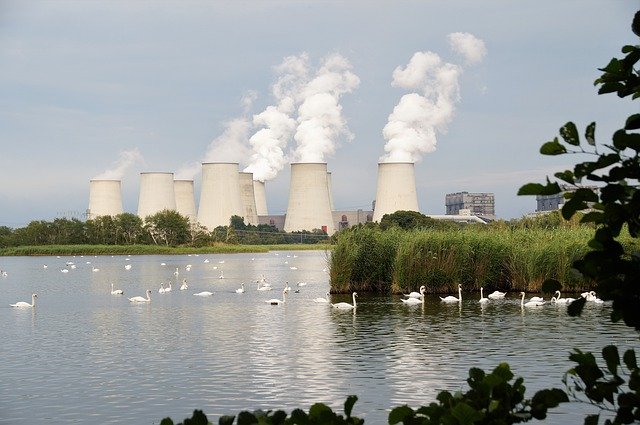Conventional power plants are known to be slow to respond to changes in demand. Electricity generation increasingly relies on the complex interaction and integration of different technologies, such as natural gas and wind power installations, or floating solar panels deployed on hydropower reservoirs. Monolithic grids powered by large fossil fuel generators are being replaced by more decentralized infrastructure powered by intermittent and weather-dependent renewable energy sources. This makes supply and demand management more challenging and more important. IoT is a key enabler in managing and unlocking the value of energy network data. IoT can also provide more accurate data on peaks and troughs in usage, allowing power companies to proactively manage generation and distribution, helping to improve the balance between supply and demand.


Improve oil extraction efficiency
The infrastructure required for the production and distribution of electricity, oil and gas is complex and often located in remote areas that are difficult to reach. Therefore, the benefits of automating asset monitoring, efficiency optimization and security management through IoT become clear.
In Nigeria, Shell faces the daunting challenge of monitoring oil wells and pipelines in a vast, remote area of the Niger Delta. The company spent $87,000 to install sensors to measure pipe pressure, temperature and flow and wirelessly transmit them to a control center. Previously, data was collected manually.
The company estimates it will save nearly $1 million in the system’s first year of operation, with the added benefit of continuous monitoring and is in the process of capturing more data for analysis and use to improve efficiency.
IoT offers the promise of complete visibility and control of assets, operations, and related status, performance, and risk indicators.
Collecting and analyzing data from sensor-driven machinery and other facilities can facilitate oil extraction by:
-
- Identification of drilling sites and feasibility analysis;
- Perform predictive maintenance on oil wells, pipelines, drilling rigs, etc.;
- Intelligent monitoring of pipelines and refineries.
Deliver fuel on time
According to the US company Hi-G-Tek, in 2008, fuel theft from highway tankers cost the US fuel transportation industry $8 billion. To combat this type of fuel theft, Hi-G-Tek has developed sensor-based technology that enables tanker truck operators to remotely monitor the opening and closing of valves, hatches, and other control points on the vehicle and record exactly when, Where and how much oil was released.
Road tankers transporting fuel are vital to keeping the economy and society running, so they need to get fuel to gas stations before they run out of gas. Gas stations sell out of different fuels at different times, making planning the best route and delivering the right fuel to the right gas station at the right time a challenge. By installing GPS and sensors on each tanker truck, transportation routes can be optimized.
The Internet of Things will have a huge impact on transportation efficiency. As trucks, vans, and cars become “devices on wheels,” the opportunities for them to operate at peak efficiency will increase significantly—especially without human drivers. Software can regulate vehicle operation more precisely than humans can, making real-time adjustments based on information from sensors on the vehicle, roads, parking spaces, weather stations and more. Software enables vehicles to choose the most energy-efficient routes and avoid accidents and dangerous situations. At the same time, fuel consumption and pollution will be reduced, journeys will be faster and casualties will be fewer.